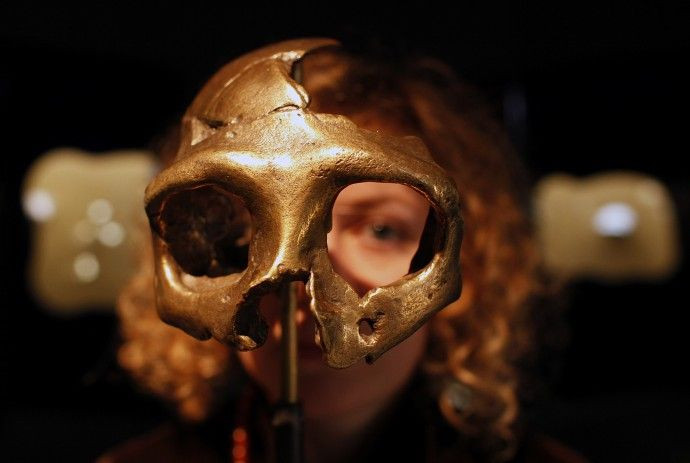You're Probably Part Neanderthal: Study

Neanderthals have been gone for millennia, but they're still in us: people everywhere but in sub-Saharan Africa are part Neanderthal, distant descendants of Neanderthal-human interbreeding, a new study of human genetics has found.
Hundreds of thousands of years ago Neanderthals rivaled humans in their capacity for advanced language and music. While humans ultimately prevailed, some remnant of now-vanished Neanderthals remains in the genetic code of all populations except those in sub-Saharan Africa.
This confirms recent findings suggesting that the two populations interbred, Damian Labuda, a researcher at the Department of Pediatrics at the University of Montreal and the CHU Sainte-Justine Research Center and one of the study's authors, said in a press release.
Ancient Neanderthals migrated from Africa to Europe, mainly to France, Spain, Germany and Russia between 400,000 and 800,000 years ago. The prehistoric humans diaspora departed Africa about 80,000 to 50,000 years ago, and Neanderthals went extinct about 30,000 years ago. The study suggests one of the ways the two populations may have interacted when their presence overlapped, estimating that the mating probably occured at the crossroads of the Middle East.
The findings also offer a clue to a persistent scientific question of whether humans and neanderthals are distinct species or subsets of the same species. Clearly, they were similar enough to mate, at a minimum. Neanderthals may also have possessed a culture that created symbolic or decorative objects like jewelry, another study found.
The human-Neanderthal dichotomy was overturned in December of 2010, when a team of researchers discovered fossil evidence of a third humanoid species, dubbed the Denisovans, that roamed Asia and may be the ancient forefathers of people in Papau New Guinea.
© Copyright IBTimes 2024. All rights reserved.











